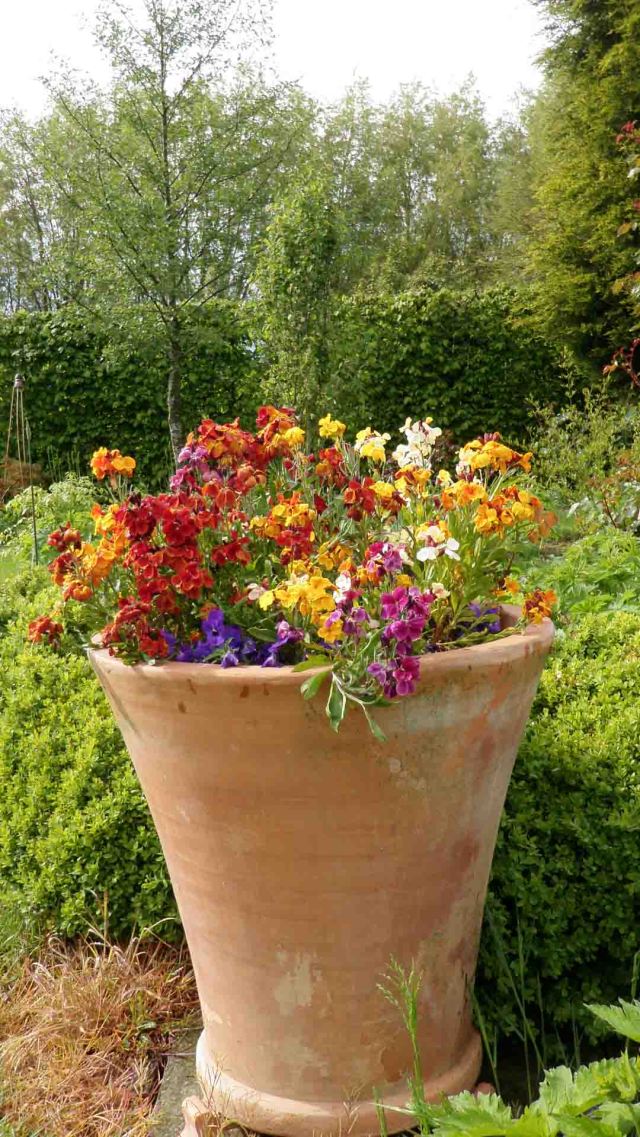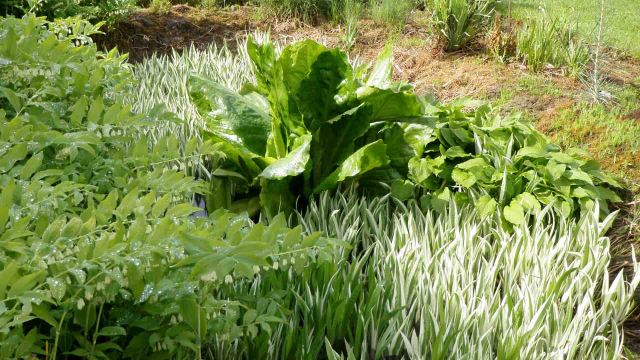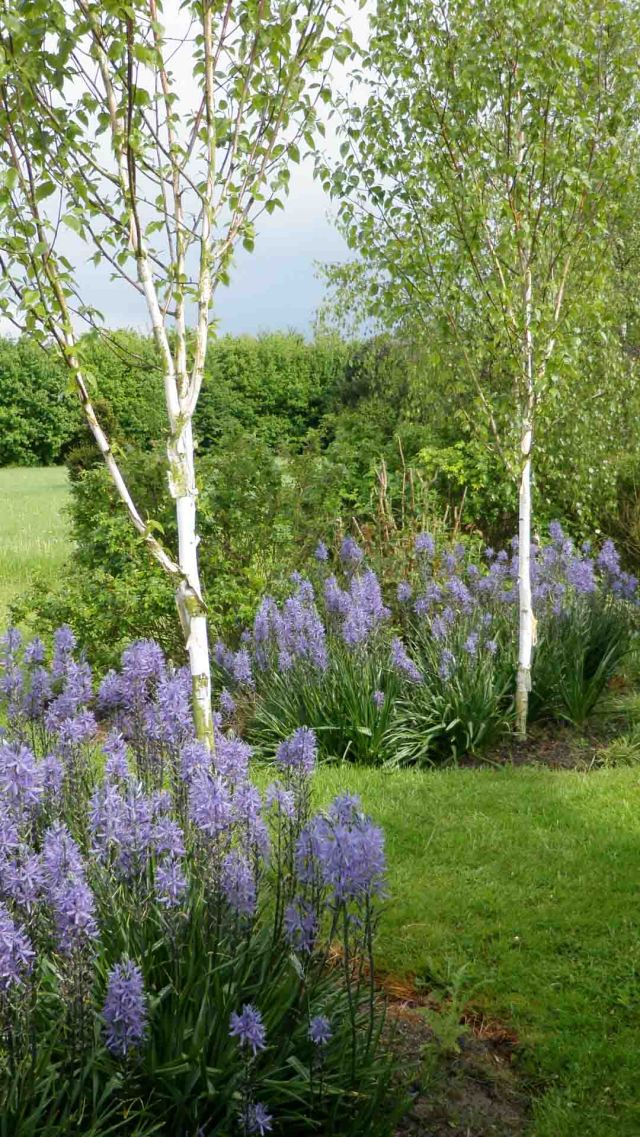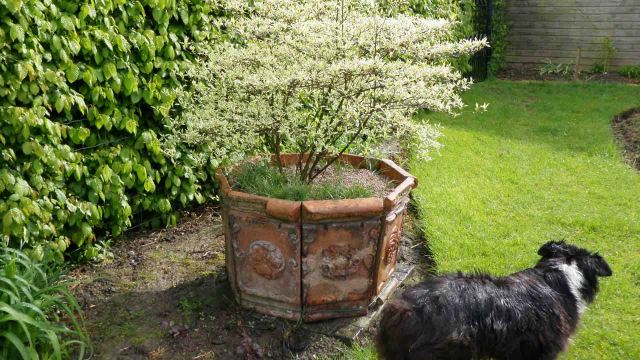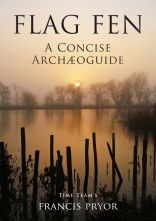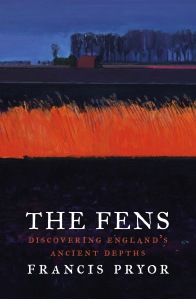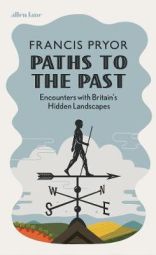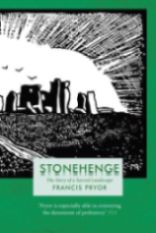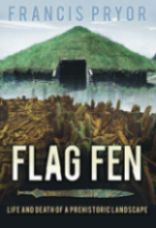Time for a quick post before I immerse myself in the frantic, if cultured world of the Hay-on-Wye Festival. Time, too, for a quiet stroll through the garden and assessing the state of the season – and we still haven’t caught up. I took dozens of pictures on May 3rd and have just up-loaded them into my computer and they could have been taken in early April, or even late March. The same goes for what I’m looking at now: the daffodils have mostly finished, but some are still in flower, like Old Pheasant Eye and several species of jonquils (some varieties rather surprisingly thrive in wet places). In fact the garden looks remarkably colourless for what ought to be the beginning of summer, but Maisie’s efforts last autumn, when she planted bulbs and wallflowers in several large clay pots and urns are really paying dividends now. She planted wallflowers in some tall, trumpet-shaped pots (I think they’re Yorkshire Pots – a bit more expensive, but worth every penny as they never crack, no matter how severe the frost), which are now looking gorgeous. We both prefer the old-fashioned mixed blooms of the variety Persian Carpet, which smell superb and have wonderfully restful colours.
Every year different parts of the garden delight, while some, sadly disappoint. I’ll steer clear of the latter, if you don’t mind, but this year’s successes have included the two soak-aways we dug back in 1993, shortly after we built the timber barn. Originally I planned to run the water off the roof into the pond, but I was forced to abandon that plan (it would interfere with the house’s phone line and water mains), so we decided to dig two separate bog gardens, instead. And rather to my surprise they’ve been a huge success. This year the Skunk Cabbage has been magnificent, better even than last year, and the variegated wet-loving irises (Iris laevigata) around it have never looked better, either. The late season has held them back, so that their leaves are still sharp and bright, and the Solomon’s Seal on the soak-away banks is in full flower. There’s a Hosta there too, also thriving, which I had planned to move somewhere else in the autumn, but didn’t get around to it. Now, I think it’ll stay where it is. As usual, the credit for the colour co-ordination goes to Maisie who can carry precise hues, to the subtlest of shades, in her mind – a sort of colourist’s perfect pitch; I can describe it no other way – and I certainly can’t do it. My subtle plans usually end up as violent clashes – which sometimes we both rather like, as neither of us, I’m afraid, have Metropolitan good taste.
We ‘designed’ our garden ourselves, as I’ve described in an earlier post, and its layout reflects not just our shared tastes, but our resources. We’re both archaeologists, which is another way of saying that we’re both broke, for most of the time. And no, appearing on Time Team doesn’t make you rich: I’d earn far more money as a consultant; I suspect most City bankers earn in a week what we both earn in a year. So we’ve done the garden on a shoestring: hedges, rather than brick walls; stepping stones, rather than paved paths, and cut-edges without any reinforcement. Even our formal features tend to be a bit hit-and-miss. We planted two white-bark birches (Betula jacquemontii) to be a sort of formal portal from a small hedged garden (the only thing resembling a ‘room’), into the main meadow. And they’re now starting to get established. When we planted them, which was in the winter, we forgot that there were a few bulbs of the American equivalent of our Bluebells, the Quamash (Camassia esculenta), around their roots, which I never got round to removing. But now I’m glad I didn’t: the blue flowers and dramatic leaves of the Camassias work well with the birch bark. Camassias love our heavy wet soil, but they do reproduce fast and can become a bit thuggish, if you let them. So plant them somewhere where you can dig them up, if needs be.
I said we don’t ‘do’ formality, but long double borders must have some sort of focus. The main one has a large pergola, which took me months to build, and a smaller one parallel to it has the house at one end, which is fine, but the big old vegetable garden hedge at the other, which isn’t. So we decided to put a large pot-like jardinière in front of it (Maisie found the pieces buried in an old garden of hers). We planted various bulbs and things in it, but they only provided focus for a short time. Then she had the idea of planting the naturally layered-looking, variegated version of Cornus alternifolia, which only requires an occasional light pruning and stands out superbly from the hornbeam hedge behind it. It’s looking particularly good this year. But by this point in our walk, Twink was getting bored and wanted to do something different. So she refused to budge from the tasteful picture I was trying to frame. With a dog like that, my photos will never make it into The English Garden.

